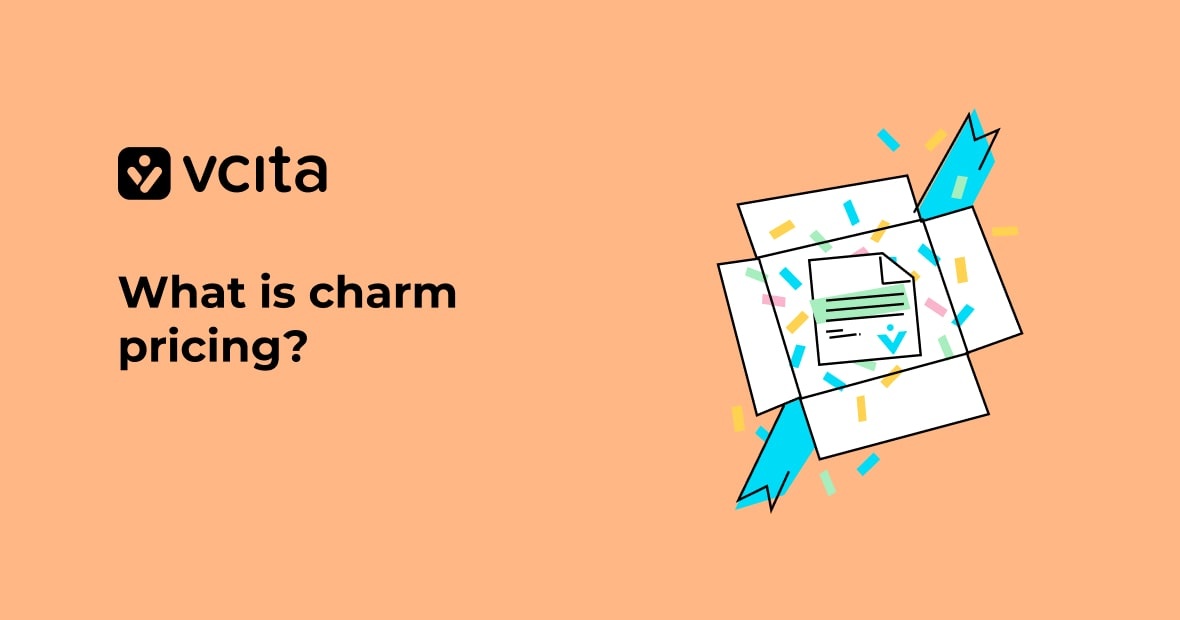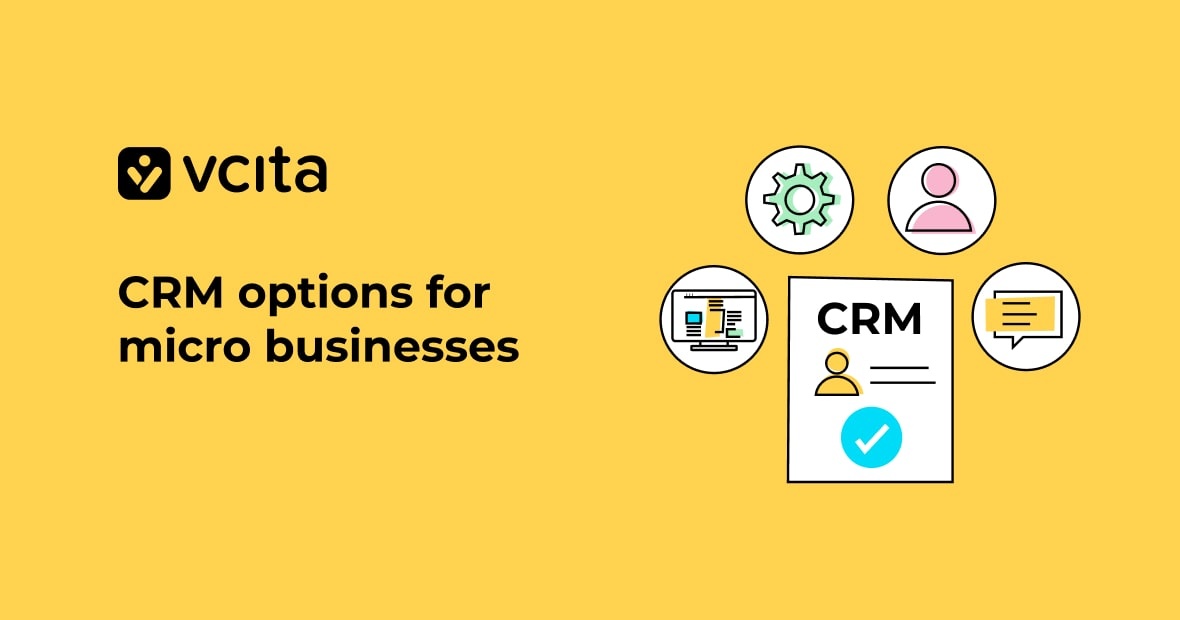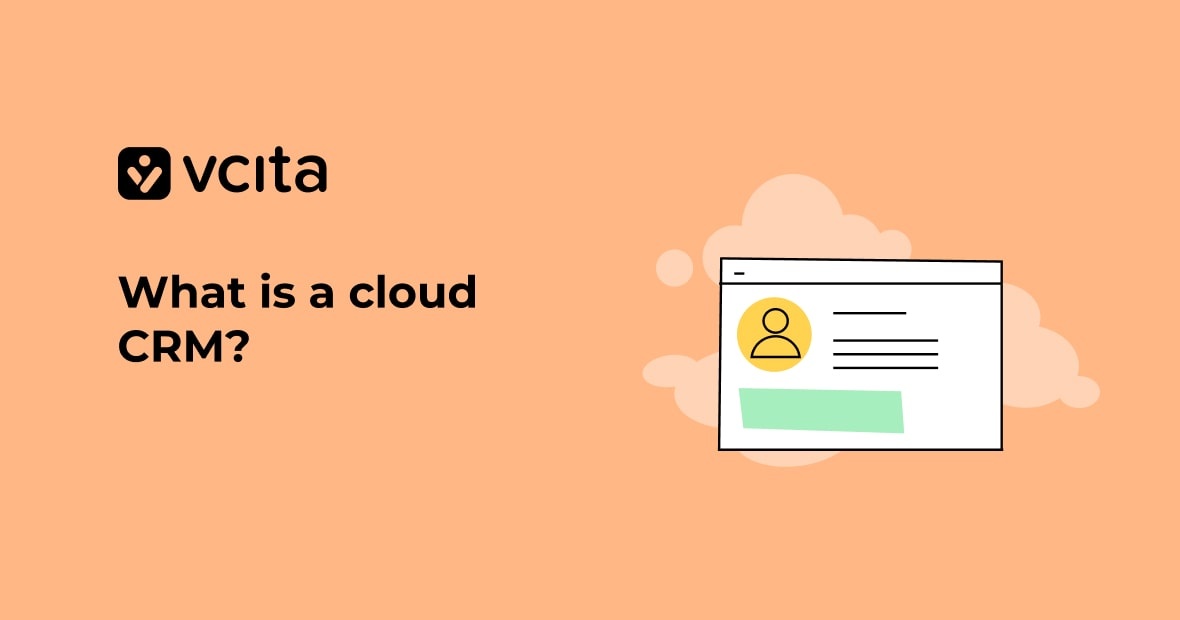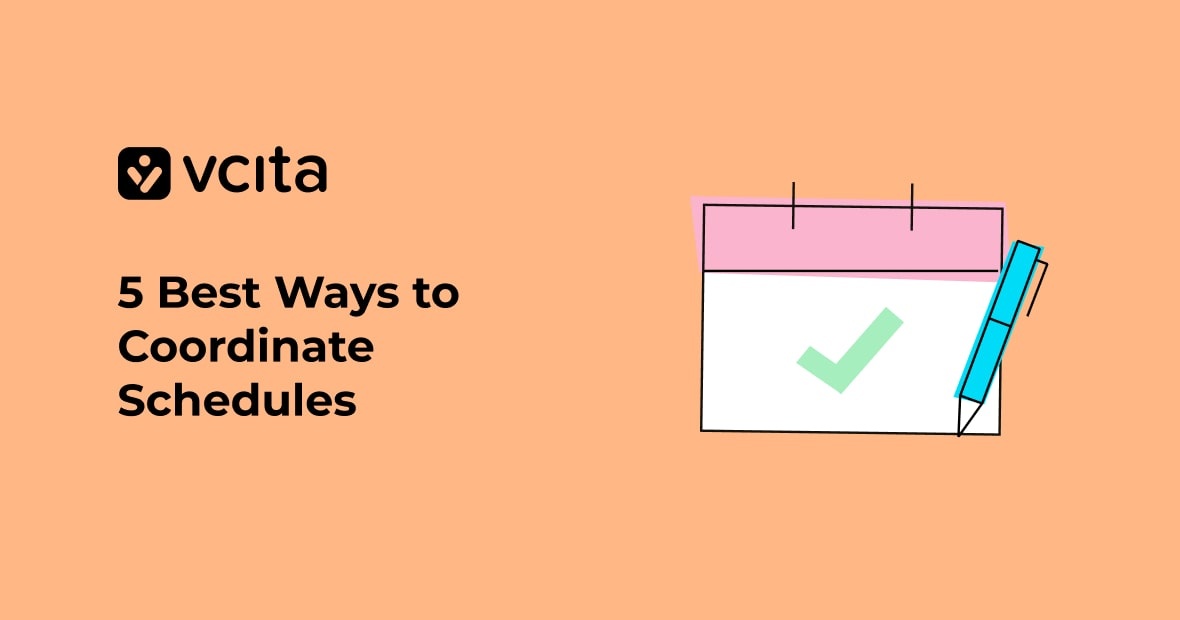Ever notice how gas stations price their gas? $2.99, not $3.00. That’s not an accident: it’s charm pricing at work. This clever pricing strategy refers to setting prices at odd numbers just under round numbers, to attract more customers looking for a deal.
Charm pricing can work its magic on your business too. The leftmost digit has a huge psychological impact on purchasing decisions, so pricing items a penny or two under round numbers actually increases sales versus just pricing at the full price. In this article, you’ll learn why charm pricing works, what it can do for your small business, and how implementing this easy pricing method can secretly boost revenue.
What is charm pricing?
Charm pricing, also known as psychological pricing, refers to pricing items at odd numbers, usually just below a round number. For example, pricing an item at $9.99 instead of $10. The idea is that $9.99 appears significantly lower than $10, even though there’s only a penny difference.
As a pricing strategy, charm pricing takes advantage of the way our brains perceive numbers and pricing in order to increase sales. It’s been used by gas stations, produce stalls, and other small businesses for years, and it can work for your business too.
How charm pricing works
The charm pricing method works by exploiting the psychological impact of the left digit. When we read from left to right, we put more emphasis on the leftmost digit. So $4.99 seems closer to $4 than $5, even though there is only a 1 cent difference, making us feel as though we are paying a lot less than $5 for the product or service.
The odd number at the end of the price, like 99 cents, makes us perceive the item as priced lower than its actual or ‘full’ price. This is called odd number pricing, or odd pricing. The number 9 is particularly powerful in charm pricing. This is why you see so many prices ending in 99 cents at stores and gas stations.
But while 9 is the most popular, other odd numbers can also be used in charm pricing. Prices ending in 5, like $6.95, also seem lower than the nearest round dollar number, in this case $7. The key is to use an odd number that is significantly lower than the next highest round number.
Using charm pricing in your business is an easy way to give your customers the perception of a good deal and increase your sales. By lowering the left digit, you can make full price seem like a bargain and encourage more purchasing decisions.
The benefits of charm pricing for small businesses
Small businesses can benefit from charm pricing in several ways:
Higher perceived value
Prices ending in 9 are perceived to be lower than they actually are, because customers tend to focus on the leftmost digit. This means that if your product or service is priced at $9.99, customers will feel like they are getting an extremely good deal and increase their perceived value of your business.
Increased sales volumes
Studies have shown that charm pricing can lead to increased sales volume because customers are more likely to purchase a product or a service when the price appears lower. This is particularly effective for impulse purchases and high volume goods.
Improved competitive advantage
In competitive markets, charm pricing can give small businesses an edge. When prices are similar among competitors, using charm pricing can make your services appear more affordable. This can help you to gain dominance in the market and build a loyal customer base.
More simplicity for customers
Charm pricing simplifies the decision-making process for customers. It eliminates the need for mental calculations and makes the price seem more straightforward, which can reduce barriers to purchase.
Raising profit margins
Despite the lower perceived price, charm pricing allows businesses to maintain healthy profit margins by attracting more business. Over time, these sales add up, and contribute to higher overall profits for the business.
Consumer familiarity
Charm pricing is widely used in retail and has become a familiar pricing convention for consumers. By adopting this strategy, small businesses can tap into this familiarity and leverage it to their advantage.
Attract more customers
Customers are always looking for a good deal. When you use charm pricing, you can appeal to their desire for greater value. Once you’ve acquired new customers through your charm pricing strategy, you can convert them into loyal repeat clients thanks to your excellent customer service.
The psychology behind charm pricing
The effectiveness of charm pricing as a pricing strategy relies on some innate quirks to the way that our brains read numbers.
Reading from left to right
The pricing strategy of charm pricing relies on the psychological impact of the left digit. When we read from left to right, we tend to focus more on the leftmost digit in a price. If the leftmost digit is a 9 instead of a 10, we’ll think that we’re paying a lot less, even if the full price is $9.99 instead of $10.00.
Fooling the brain
We tend to round to the nearest whole number in our purchasing decisions. Charm pricing fools our brains into thinking we’re paying less than the full price. We see $2.99 and think “two dollars” rather than “three dollars.” This perception encourages us to buy, even if we’re only saving a few cents. While the price difference is minimal, the impact on sales can be huge.
The illusion of a bargain
Charm pricing also gives the illusion that an item is on sale, even if there is little difference from the full price. That is why it’s a proven pricing strategy used by retailers and service businesses to increase sales. For business owners, charm pricing is an easy way to give your sales a boost without actually lowering your prices.
How to implement charm pricing for your business
Here are some tips for small business owners to apply charm pricing to drive revenue and sales in your own small business.
- Use odd numbers
Charm pricing works because those odd numbers have a psychological impact. $19.99 seems dramatically less than $20, even though it’s only a penny different. Look for opportunities in your business to shave a few cents off and use those odd numbers. For example, if you typically price items at $15, $20 or $50, consider pricing them at $14.99, $19.97 or $49.95 instead.
- Apply charm pricing to high-volume goods
Charm pricing is especially effective for high-volume, lower-cost goods and services, like you’d find at a gas station or convenience store. When you’re making many small purchases, saving even just a few cents on each one feels significant. If your business model relies on lots of smaller sales, charm pricing could work well for you.
- Consider your target audience
Charm pricing works best when targeting more budget-conscious customers. If you’re selling luxury goods or services, charm pricing may seem unnecessary or even cheapen your brand. But for most small businesses appealing to everyday customers, it’s an easy way to make your prices as appealing as possible.
- Be transparent
Some critics argue that charm pricing is deceptive, since the actual savings are so small. Make sure your pricing is transparent by also showing the non-charm full price. For example, list an item as “$49.95 ~~ $50”. That way customers can see they’re truly only saving a nickel, but you still get the psychological benefit of charm pricing. Used strategically but transparently, charm pricing can be an easy way to subtly increase sales.
- Use charm pricing for big ticket items too
Charm pricing can also be effective for large purchases. A $299 price tag is more appealing than $300. For really big-ticket items, a price like $2,999 will drive more interest than $3,000, even though the actual difference is quite small. The key is finding the price point that maximizes the charm while still netting a good profit margin.
Charm pricing could drive sales for your business
In the end, charm pricing is a simple yet effective pricing strategy used by retailers and service providers of all sizes to subtly influence customers and increase sales. Test out charm pricing on select products or services. With the right odd number price points, you’ll likely start to see those sales figures increase. By leveraging the psychological effects of certain price points, you too can boost your bottom line.




























